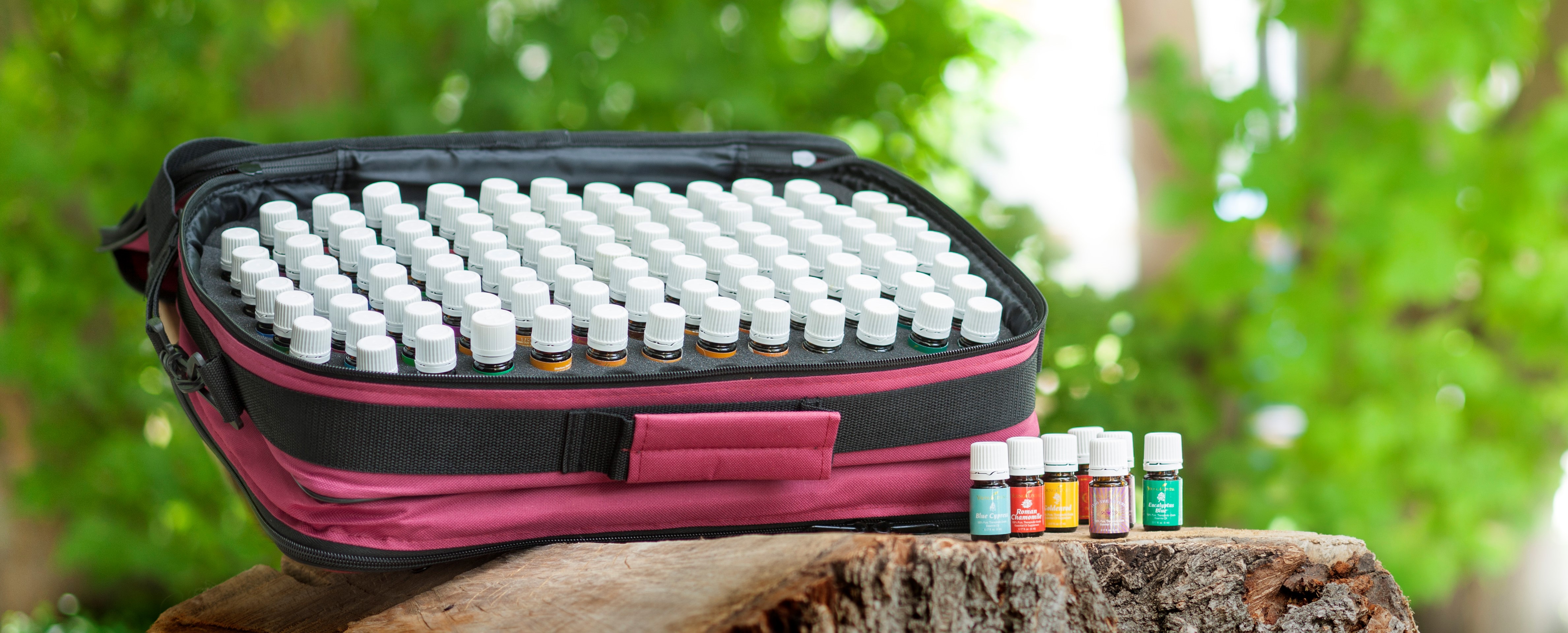The #1 way to learn about essential oils!
5.03.2018
How do you know your oils are top quality?
For me, being able to visit the actual farms where the oils are made is soooooo important. I want to meet the plants, put my hands in the soil, hear first-hand from the farmers about their amazing discoveries so I can know the craftsmanship that’s gone into making the essential oils.
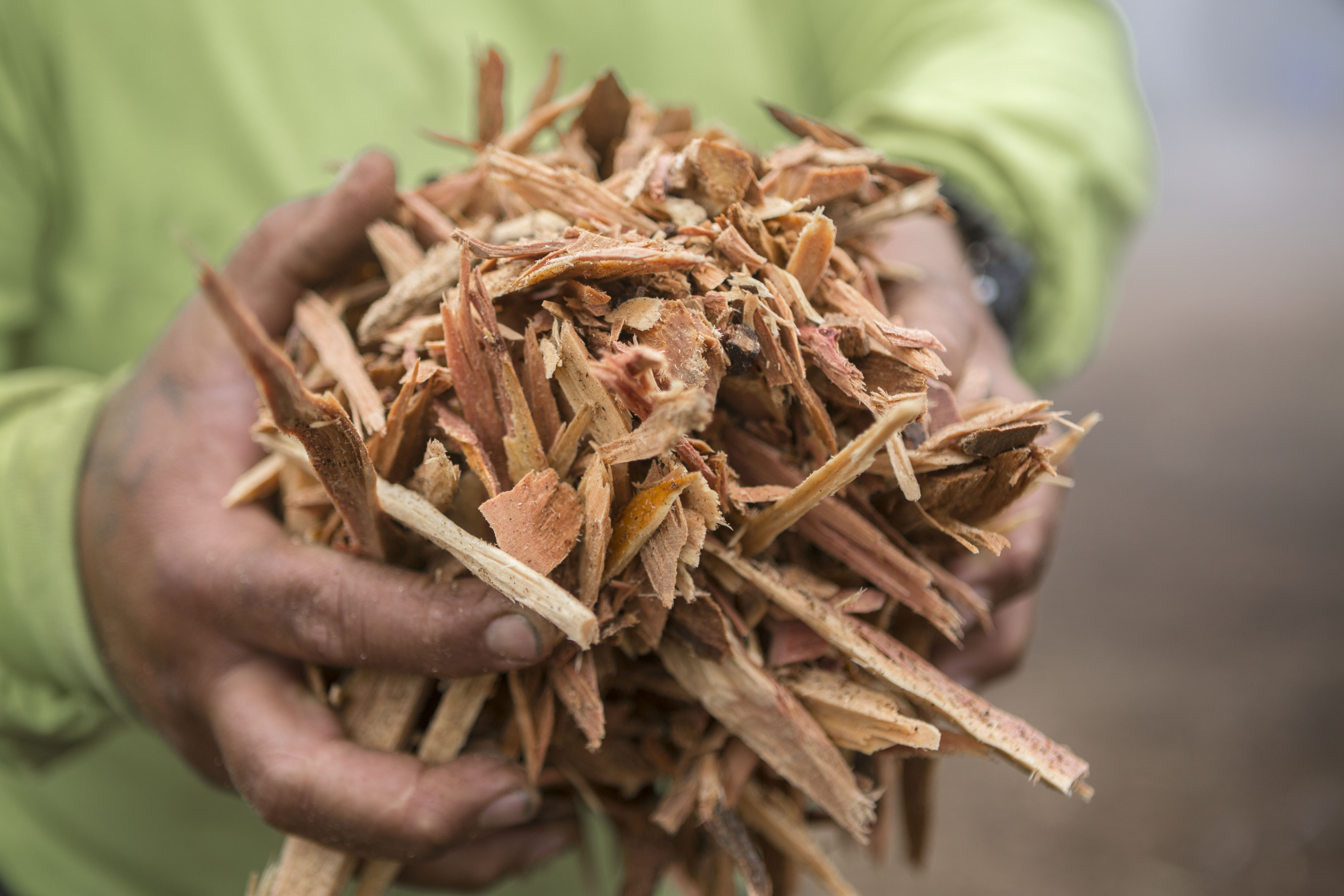
That’s what I love about Young Living. They don’t just sell essential oils like most other essential oil companies on the planet….they are also growers and producers of essential oil.
They have 16 farms and partner farms located in 12 countries around the globe, and we are welcome to visit their farms, check them out for ourselves, and have a life-changing experience!
This is what gives me such confidence in using their essential oils.
Visiting Young Living’s Royal Hawaiian Sandalwood farm
In September 2017, I had the adventure of visiting Young Living’s Royal Hawaiian Sandalwood partner farm. Let me now take you with me on this amazing journey…..
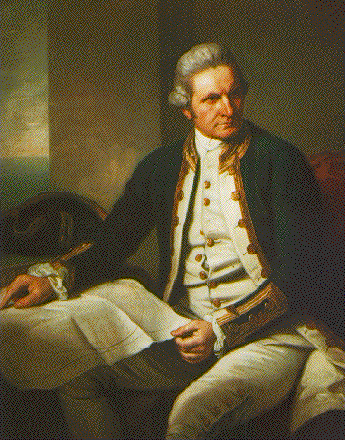 The Spirit of the Big Island
The Spirit of the Big Island
Before Captain Cook set foot on the Big Island of Hawaii, 450,000 people lived there in harmony with nature. Any tree they removed (eg. for making a canoe) was immediately replaced with another seedling.
The plants were their brothers, and they lived by the philosophy:
Take care of the land, and the land will take care of you
But with the influx of white inhabitants came influenza, which killed 400,000 of the indigenous people on the Island. Cows, horses and sheep were introduced, and the majestic forests were chopped down so that pastures could be created. The military turned the Big Island’s interior into a weapon-testing wasteland, and more forest was destroyed.
Hawaii’s remaining forests need to be protected, but conservation is expensive and doesn’t generate income. Without funding, conservation doesn’t stand a chance…..or does it?
What if the restoration of the forest could generate enough income to fund itself? This is an idea that could change the face of conservation forever!
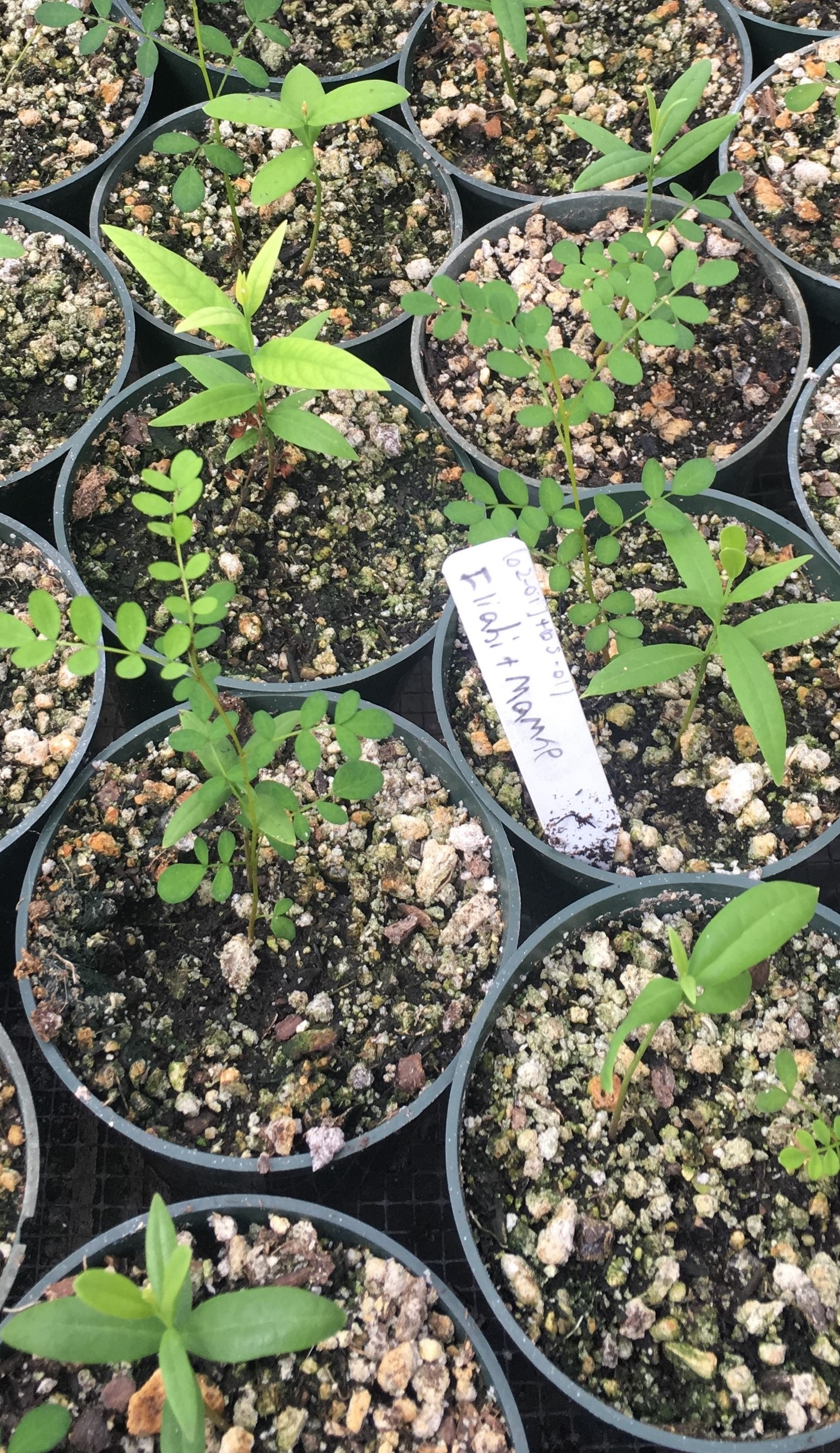 And this is where Royal Hawaiian Sandalwood comes into the picture.
And this is where Royal Hawaiian Sandalwood comes into the picture.
Royal Hawaiian Sandalwood (Santalum paniculatum) grows only on the Big Island of Hawaii, and is a different species to the Indian Sandalwood (Santalum album) which grows on Young Living’s Western Australia partner farm, and which is sold as “Sacred Sandalwood” oil.
Until recently, Royal Sandalwood was close to extinction, but one man’s vision is about to impact profoundly on not only this plant, but the whole economy of the Big Island.
One Man’s Dream…
7 years ago, Wade Lee purchased a 3000-acre property on the Big Island of Hawaii, and he named it Haloa Aina. Wade is a descendent of the Hawaiian Royal Family, and Haloa Aina was once part of his family’s land. But when he purchased the land with his business partners, it no longer held the beautiful forests of his childhood, but instead had been mostly converted into cattle pastures.
Wade is a Chemistry and Physics professor. Having worked for the US Fish and Wildlife Service, he also has a background in forestry and native forest preservation. He sees Haloa Aina as a Dry Land Reforestation Project. The fact that it happens to be a farm as well is very much secondary.
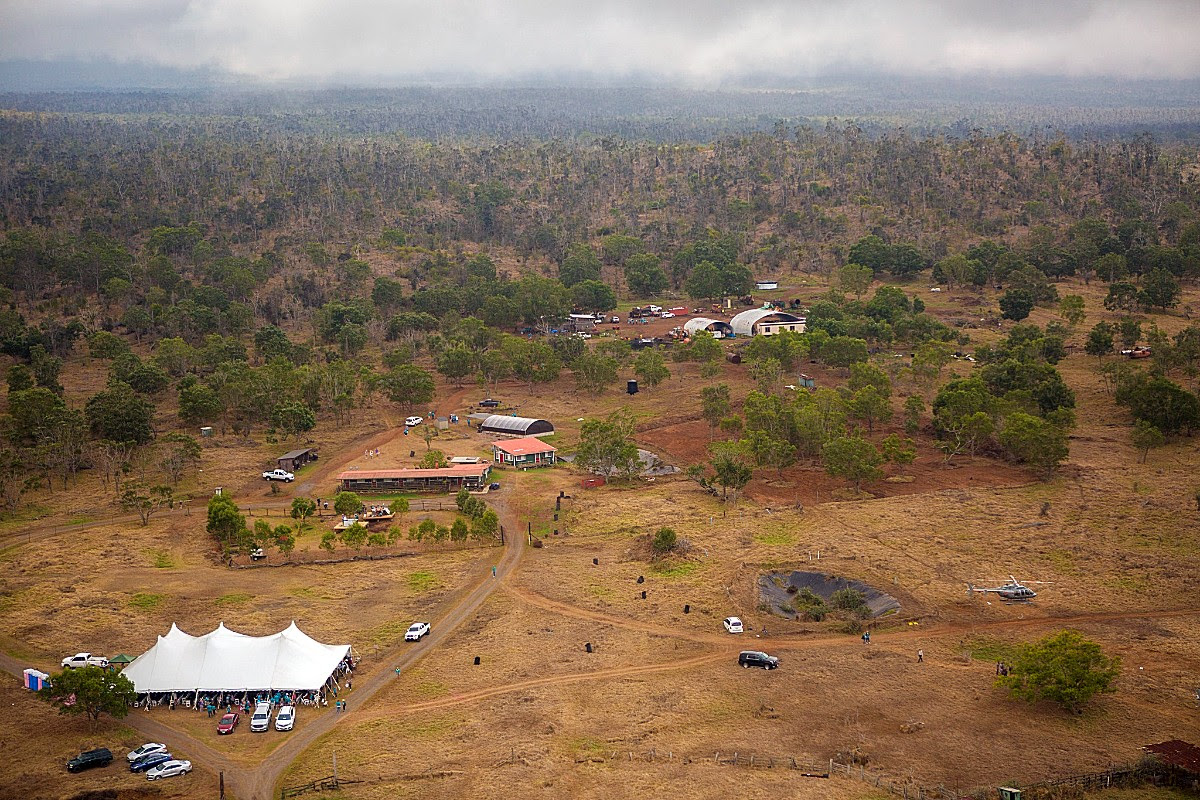
Wade’s vision is to return the land back to its natural biodiversity…..but much more than that, he wants to do this in a way that is sustainable, ethical, and which will inspire other landowners to follow in his footsteps. This means it needs to be financially viable as well. As he says:
We want a viable revenue source which will vastly increase the ecological value of our land. Pasture doesn’t bring in much moisture or house a lot of biodiversity. That’s why we want to propagate this very unique natural resource – Royal Sandalwood. We want to establish a model that we can teach to other landowners, and which can be implemented in perpetuity for the benefit of our land and its people.
So Wade found the perfect win-win situation. By reforesting the area with its native Royal Sandalwood trees and other host trees, and by utilizing the dead and dying Sandalwood trees to produce Royal Hawaiian Sandalwood oil, a livelihood can be created for the landowners at the same time that they are participating in the conservation and reforestation of the Big Island of Hawaii.
What I find particularly interesting is that Sandalwood oil is NOT something that is well known in Hawaii. The Hawaiians traditionally used the wood from the Sandalwood tree for scenting their clothes prior to using it in the manufacture of clothing, but it’s only now, through this project, that the tree is being used for essential oil production.
But this is not just about the Royal Sandalwood Tree, or essential oil production. We want to bring back the whole forest, with all its biodiversity.
That’s why we are also planting other native trees and shrubs like ʻAʻaliʻi ( Dodonaea viscosa ). It produces a lot of organic matter by way of its seed pods falling to the ground. This builds up the organic matter in the soil, which is important.
Anything we can plant that helps build soil is good!
A journey of trial and error
Wade and his family started by planting 20,000 trees on the property, including Royal Sandalwood. Each tree was planted inside of a blue tube. The tube was meant to break down after 5 years, but while it was there, it helped to hold in moisture for the young tree. This is important, because this side of the Big Island gets very little rainfall – only about 25 to 74cm (10 to 29 inches) a year. Yet every afternoon a fog rolls in from the sea, and the trees have adapted to extract their daily moisture requirements from this fog.
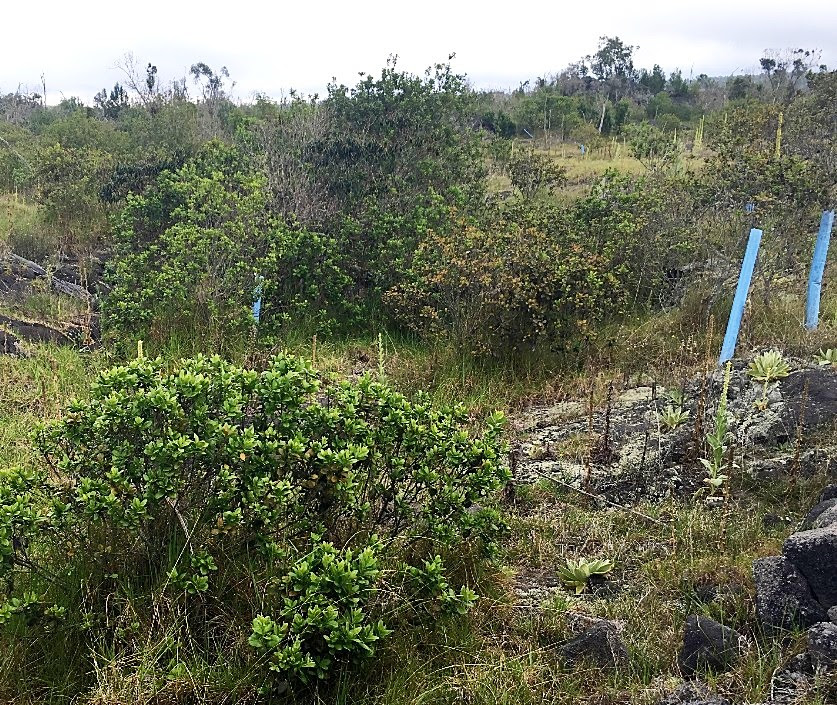 But this was a tough learning experience for Wade. Many of the trees that were planted were eaten by the cows, sheep and horses still living on the property. The animals learnt that inside every blue tube was a lovely young tender plant…so they had their very own roadmap to a culinary feast!
But this was a tough learning experience for Wade. Many of the trees that were planted were eaten by the cows, sheep and horses still living on the property. The animals learnt that inside every blue tube was a lovely young tender plant…so they had their very own roadmap to a culinary feast!
Now, fences are in place to keep these animals away from the young plants.
Has the reforestation project been successful? Absolutely!
When Wade first took over the property, there were only about 30,000 to 40,000 trees on the 3,000 acre farm, and the Royal Sandalwood tree was close to extinction. In July 2017, there were close to a million sandalwood trees on the property.
Royal Sandalwood – from Seed to Seal
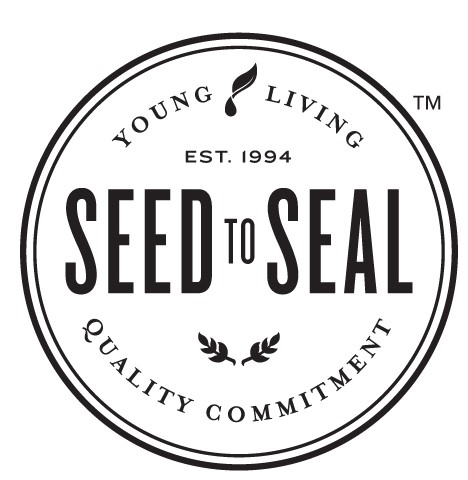
Let’s now take a journey into the Seed to Seal production process for Royal Hawaiian Sandalwood oil.
Step 1: Studying your Plant
The first step in producing a top quality essential oil is to know your plant – its likes, its dislikes, and what it takes to get the very best and richest oil from it.
Sandalwood is a parasitic tree. But unlike a fig tree that uses a host tree as its structural support, strangling the host in the process, the Sandalwood tree can live independent of the host, so long as its root system can tap into the host’s root system.
Why roots? It’s because the Sandalwood tree needs a source of nitrogen, so it seeks out leguminous (nitrogen-producing) host plants. These plants have nodules in their roots that “fix” the nitrogen from the environment, so the Sandalwood tree simply taps into their root system and suddenly it has an instant natural source of nitrogen.
This eventually proves deadly to the host plant, and it’s not uncommon for one Sandalwood tree to kill 5 host plants over its lifetime (meaning that new host plants need to be planted). On the farm, wherever a host plant has died, another one is planted in its place so that the Sandalwood trees can continue to thrive.
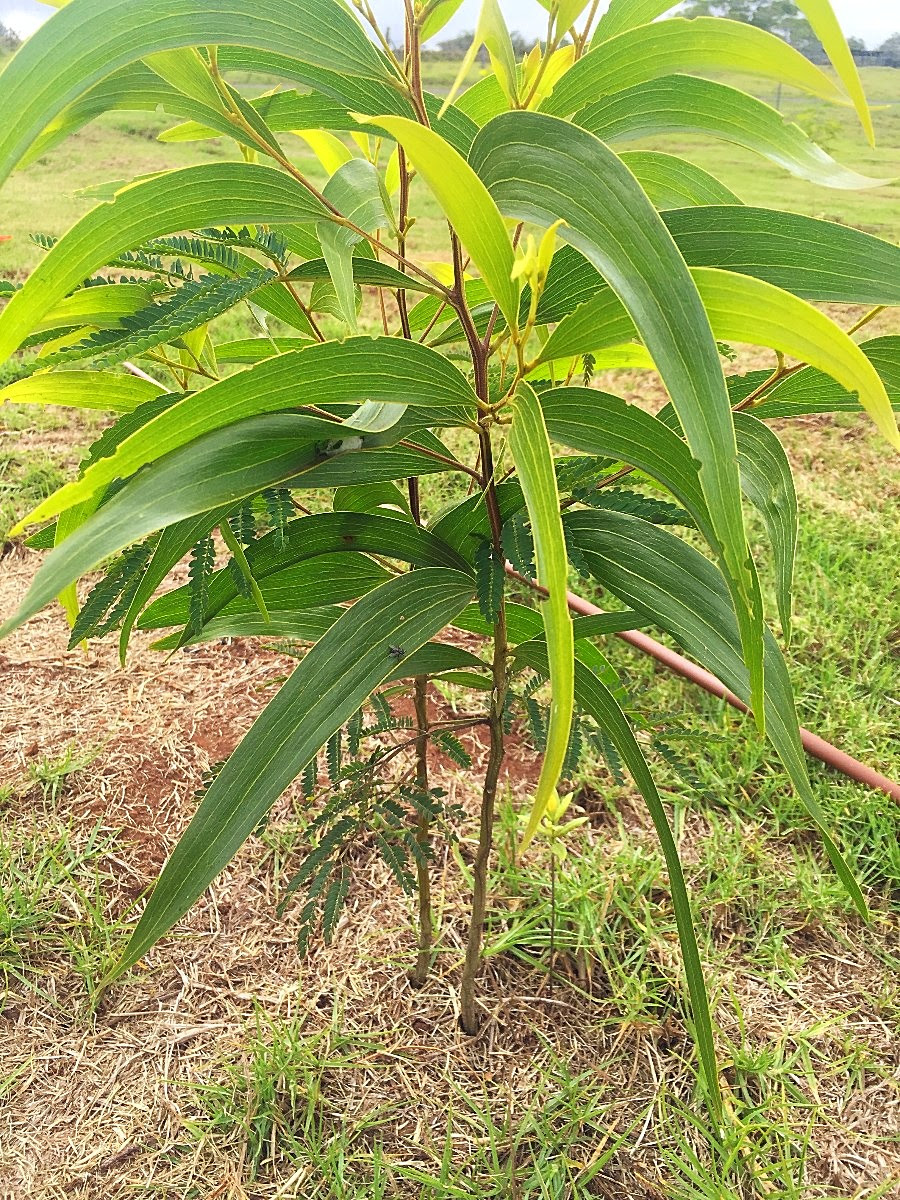 Two of the most common host plants used on the Royal Hawaiian Sandalwood farm are Koa (a type of acacia, ie. a relative of our Australian wattle tree), and Monmane.
Two of the most common host plants used on the Royal Hawaiian Sandalwood farm are Koa (a type of acacia, ie. a relative of our Australian wattle tree), and Monmane.
In this picture, you will see the Koa Tree. This is one of the best host trees for Sandalwood because it’s fast growing and nitrogen-rich. In fact, it grows to 6 metres high in just 6 years!
The Koa Tree is a type of Acacia, a relative of our Australian native wattle tree. It has two types of “leaves”, and you will see them on this right hand pic. The tiny ones at the bottom are the real leaves. Then above it are “phyllodes”.
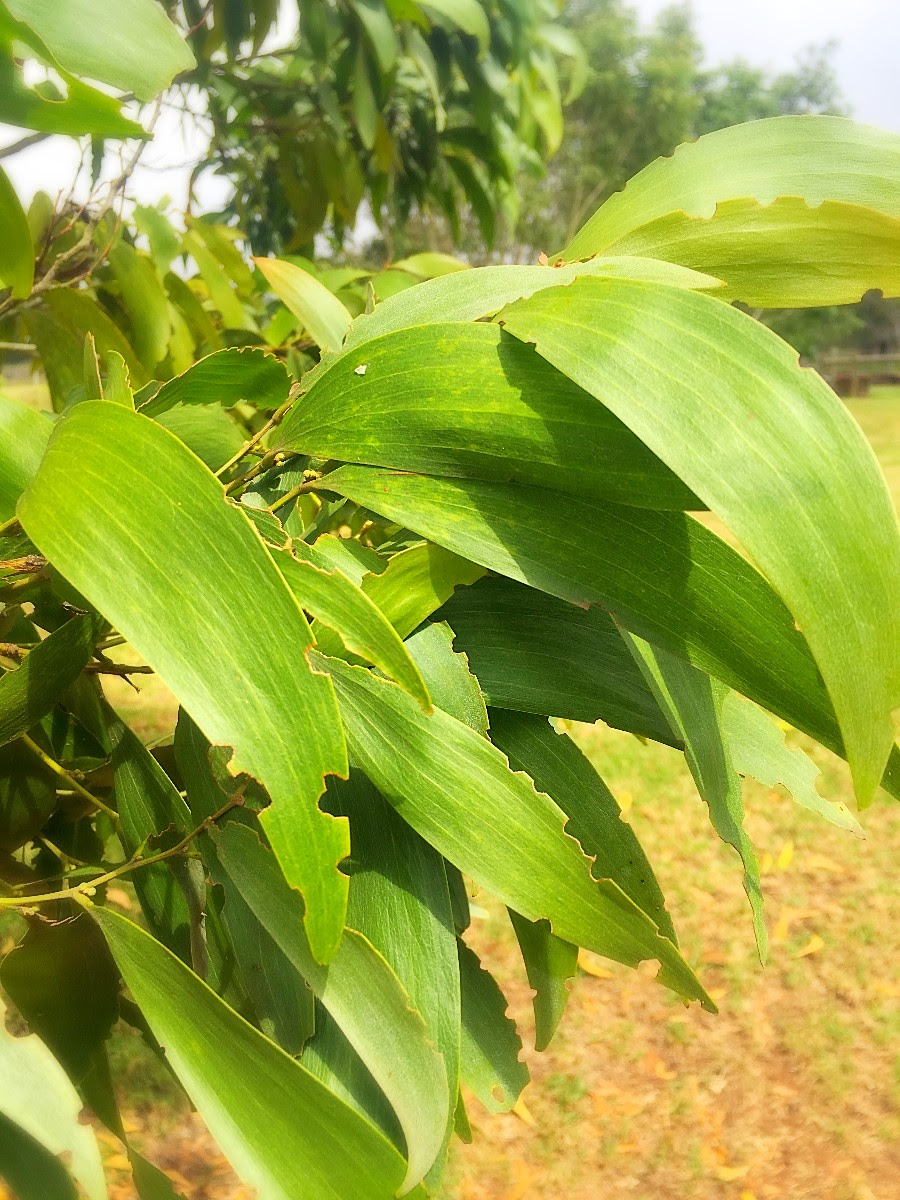 You know how plants have a section where the leaf attaches to its stem? That section is called a petiole….and in some plants, this petiole changes to look just like a leaf. That’s what a phyllode is!
You know how plants have a section where the leaf attaches to its stem? That section is called a petiole….and in some plants, this petiole changes to look just like a leaf. That’s what a phyllode is!
Phyllodes don’t have stomata in the way that a normal leaf does, so they don’t lose moisture that way. And because they are broad and pointed, they can easily capture the moisture from the afternoon fog.
The fog condenses onto the leaves, and water droplets run to the end of the phyllodes and drip onto the ground….hence the Koa Tree is truly a “self-watering” plant!
Step 2: Growing from Seed
 The Royal Sandalwood seed is wild-harvested, then seedlings are grown in a nursery and transplanted to the forest.
The Royal Sandalwood seed is wild-harvested, then seedlings are grown in a nursery and transplanted to the forest.
In the past, the Sandalwood tree and the host tree were both grown in separate pots and then planted near each other. But now Wade and his team are experimenting with growing both seedlings in the one pot, and planting them together (as you will see in this picture).
Using a test plot, they discovered that although the Koa tree will thrive without irrigation, the Sandalwood tree won’t.
So Wade is now experimenting with irrigation to see how that impacts upon the survival rates of the Sandalwood seedlings.
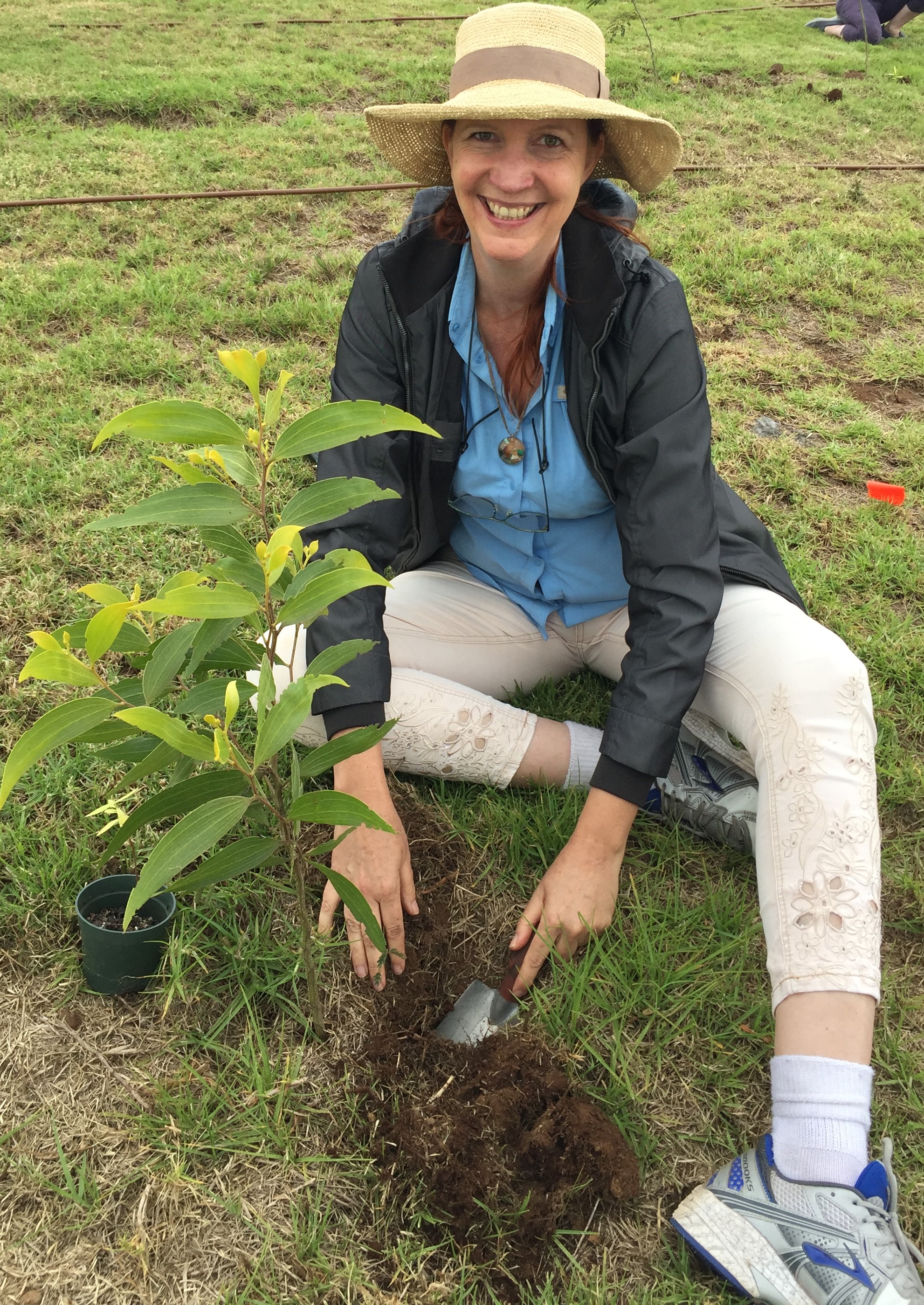
But this isn’t just a case of putting the seedling into the ground. The staff at Haloa Aina (these being Wade’s extended family and friends) like to chant a blessing as the seedling goes into the ground. They say, “Ināʻoe e ola nei, ola mākou a pau”, which to my ear sounded phonetically like: “Eola Oi, Eola Ma Ko May”. This translates as:
If you live, we all live.
I’ve known Young Living to often use positive affirmations during their planting process, with great success.
Here you can see how radiant I am feeling as I say this prayer to the tiny Sandalwood tree I’ve just put in the ground (next to the larger Koa plant). I believe that this type of affirmation infuses into the plant, and into its essential oil.
We can feel the blessing each time we use the essential oil!!!!
Step 3: Harvesting
OK, so let’s fast track forward now, to 15 or 20 years’ time when the Sandalwood tree is fully grown. The living trees are not touched, as these trees provide safe haven for birds and other animals….and in the wild, these Sandalwood trees can be up to 80 years old.
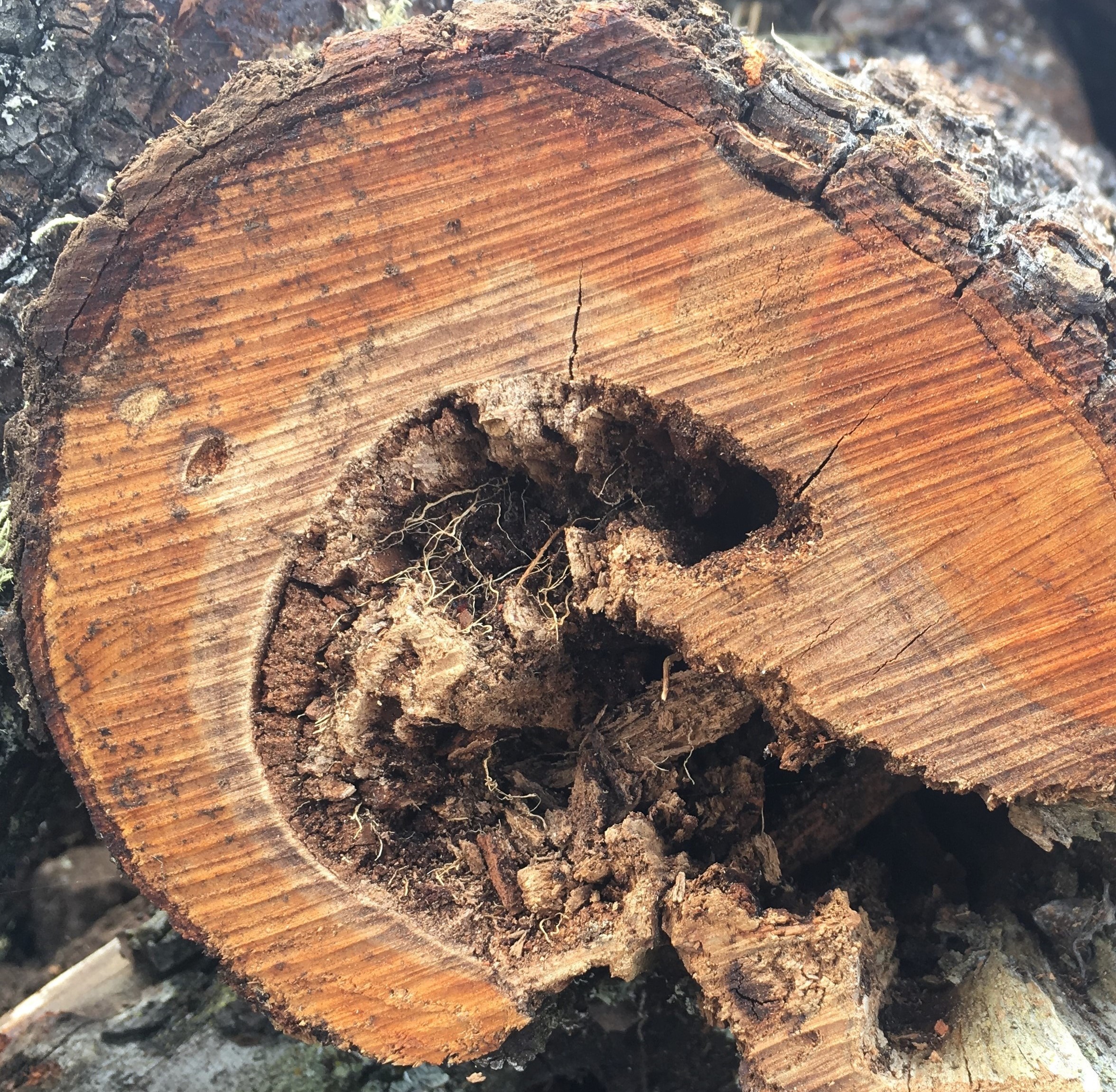 But in this hot climate, fungus and insect infestations are a real issue for the Sandalwood tree. Any damage to its limbs or bark can allow fungus to take hold, and eventually kill the tree. The essential oil evolved to help defend the plant against both insects and fungus. This means that when a plant starts to undergo a fungal infection or insect infestation, it produces a high proportion of oil.
But in this hot climate, fungus and insect infestations are a real issue for the Sandalwood tree. Any damage to its limbs or bark can allow fungus to take hold, and eventually kill the tree. The essential oil evolved to help defend the plant against both insects and fungus. This means that when a plant starts to undergo a fungal infection or insect infestation, it produces a high proportion of oil.
Royal Hawaiian Sandalwood oil is therefore harvested from the heartwood of these dead and dying Sandalwood trees, and distilled right here on the mountain. You can see in the pic above, the rotting that has occurred in the heartwood of the tree. Here are the steps involved in the harvesting process:
Step 1
The Sandalwood tree is cut down, and the logs are placed in a pile.
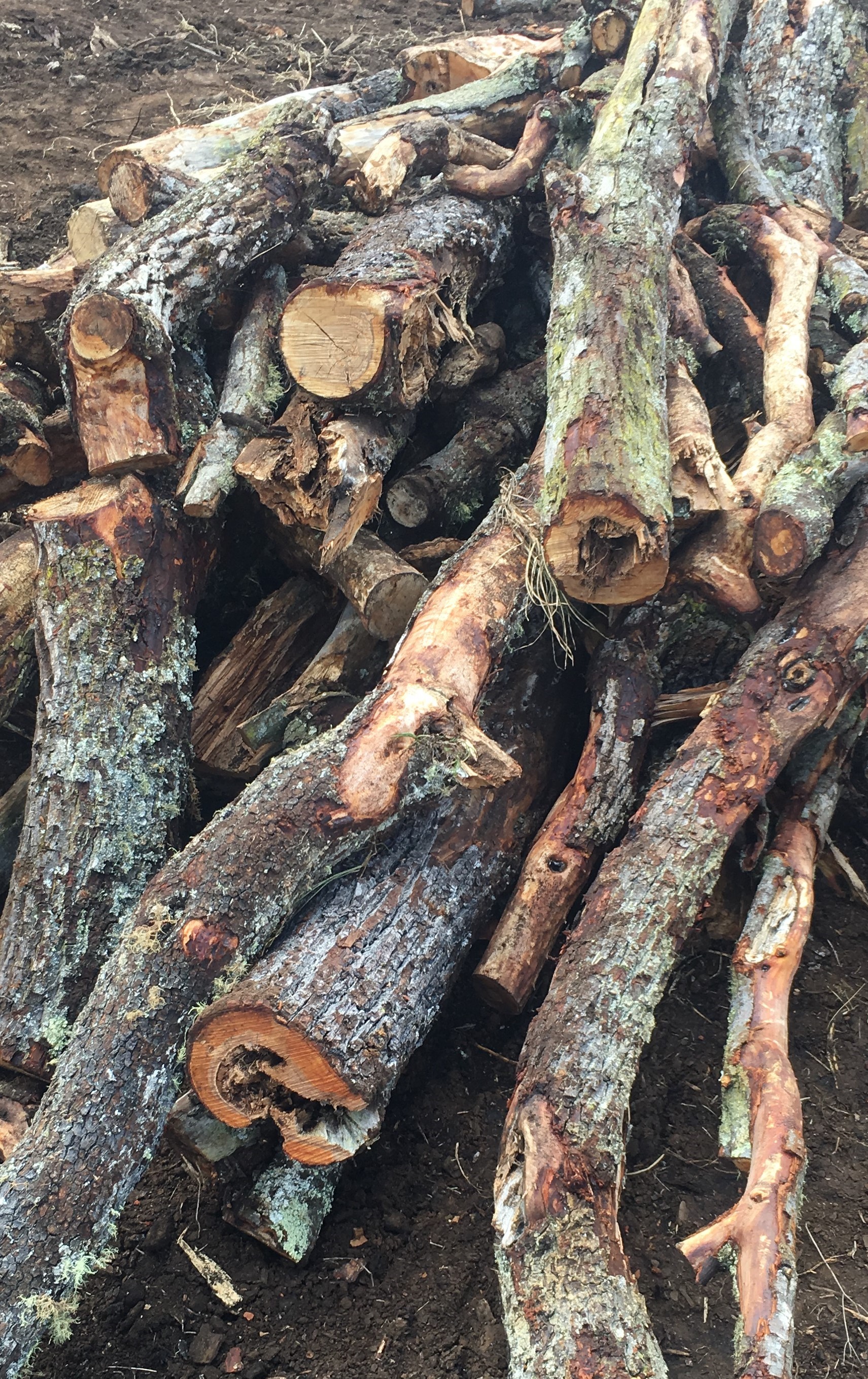
Step 2
From this pile, they are moved to the de-barker, which removes the bark layer from the logs.

Step 3
Next, they go to a chipper which turns the logs into wood chips.
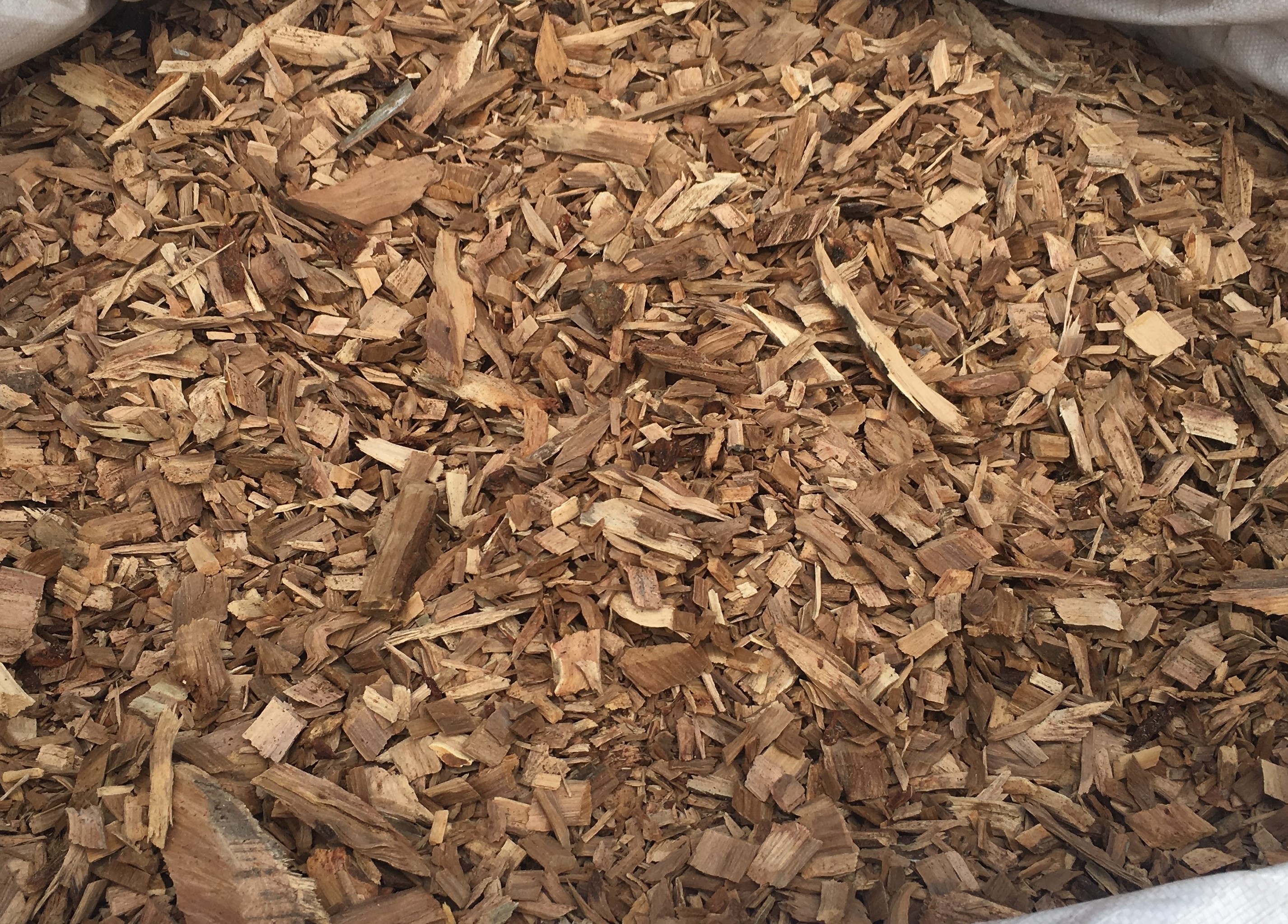
Step 4
From here, they go into a granulator which chips them even finer. We’re looking for 11mm sized chips.
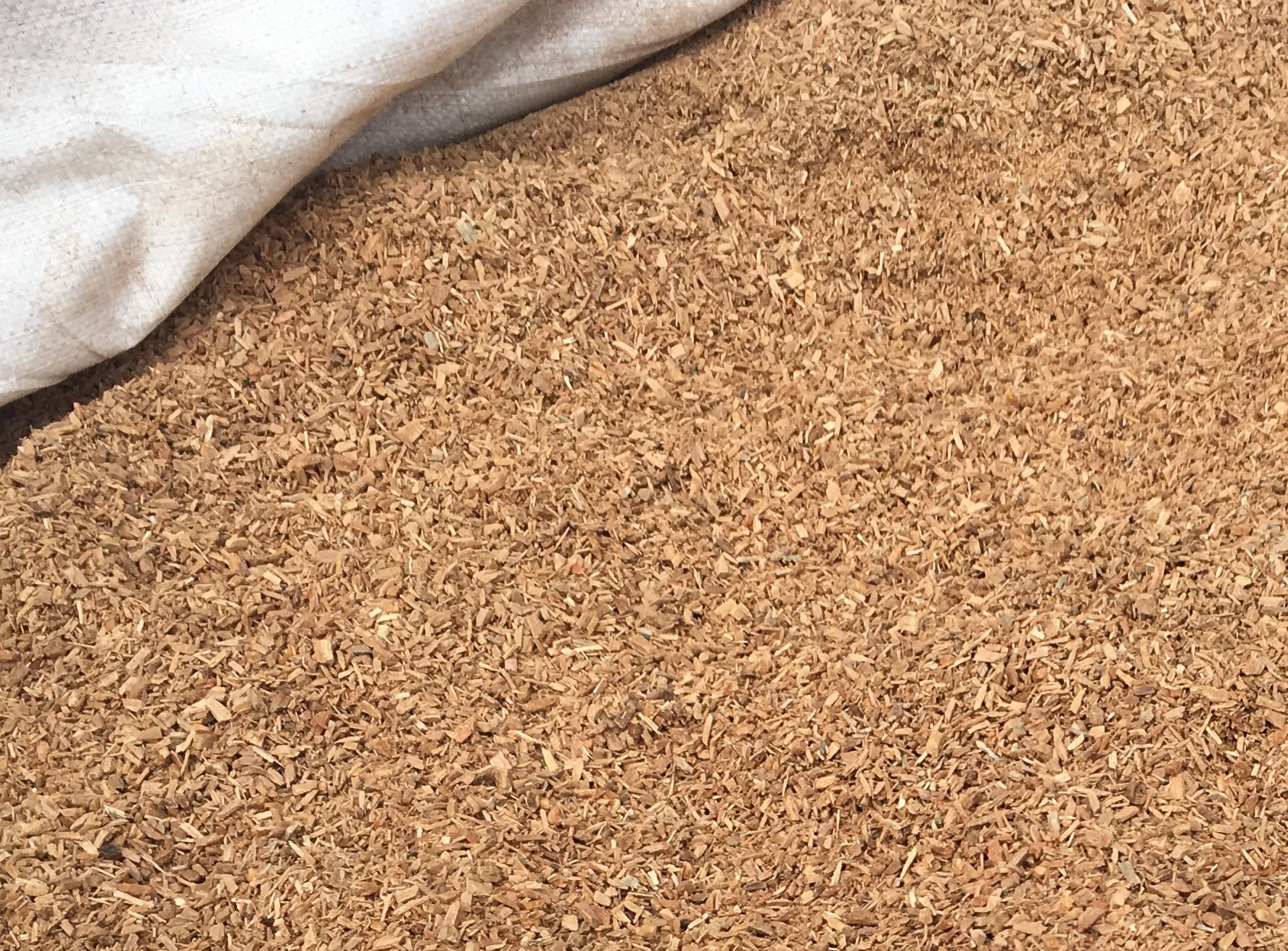
Step 5
From here the 11mm sized chips are put into the distiller, and the sawdust (referred to as “Sandalwood powder”) is either used as Sandalwood incense, or put into the hydrolation machine (see below).
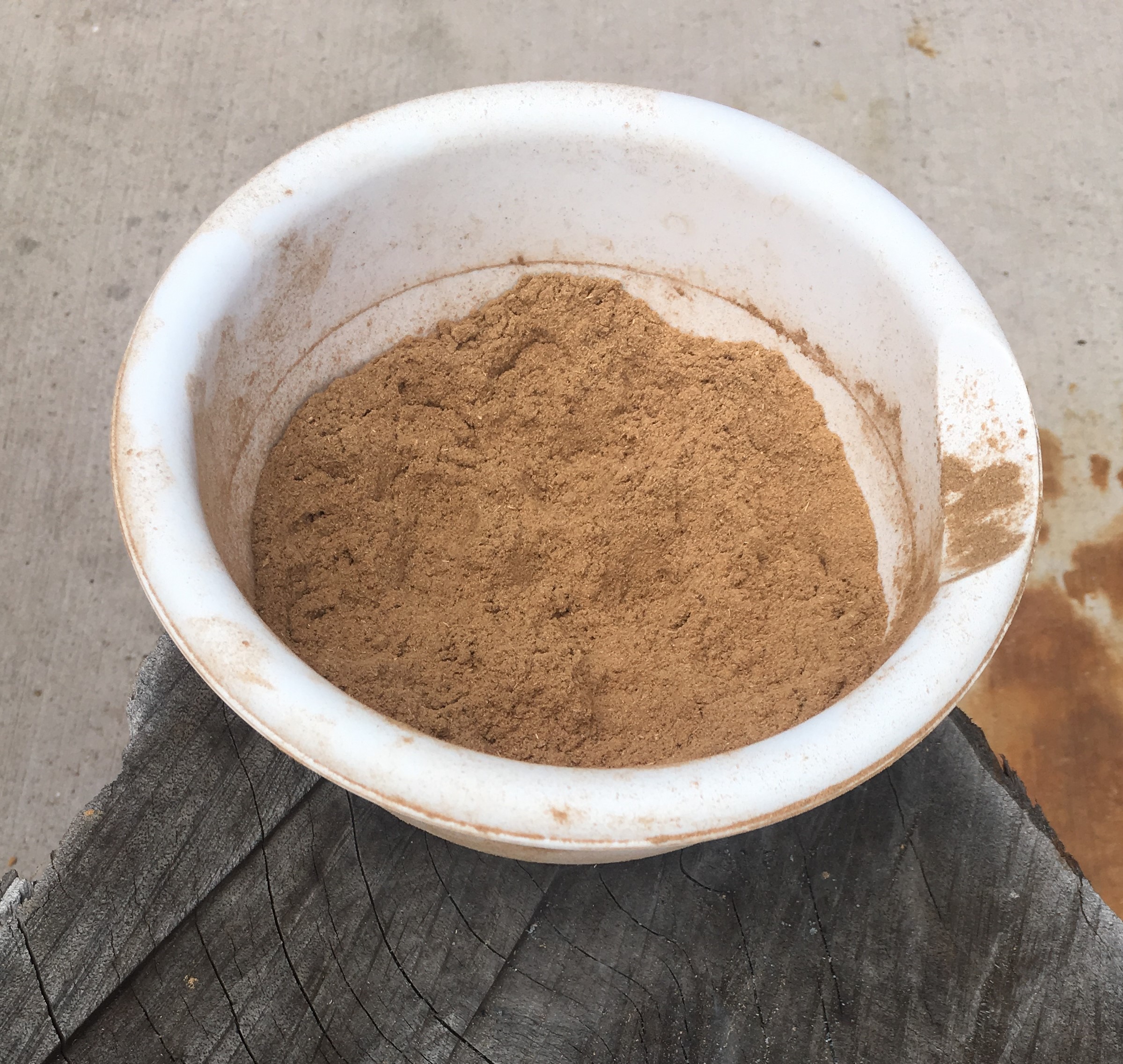
The hydrolation machine is a device that Wade and his family are experimenting with, as a means of extracting essential oil from the Sandalwood powder using hydrodistillation .
That’s because their vision is to have zero waste on the farm – they want every part of the plant to be fully utilized, right down to the root ball.
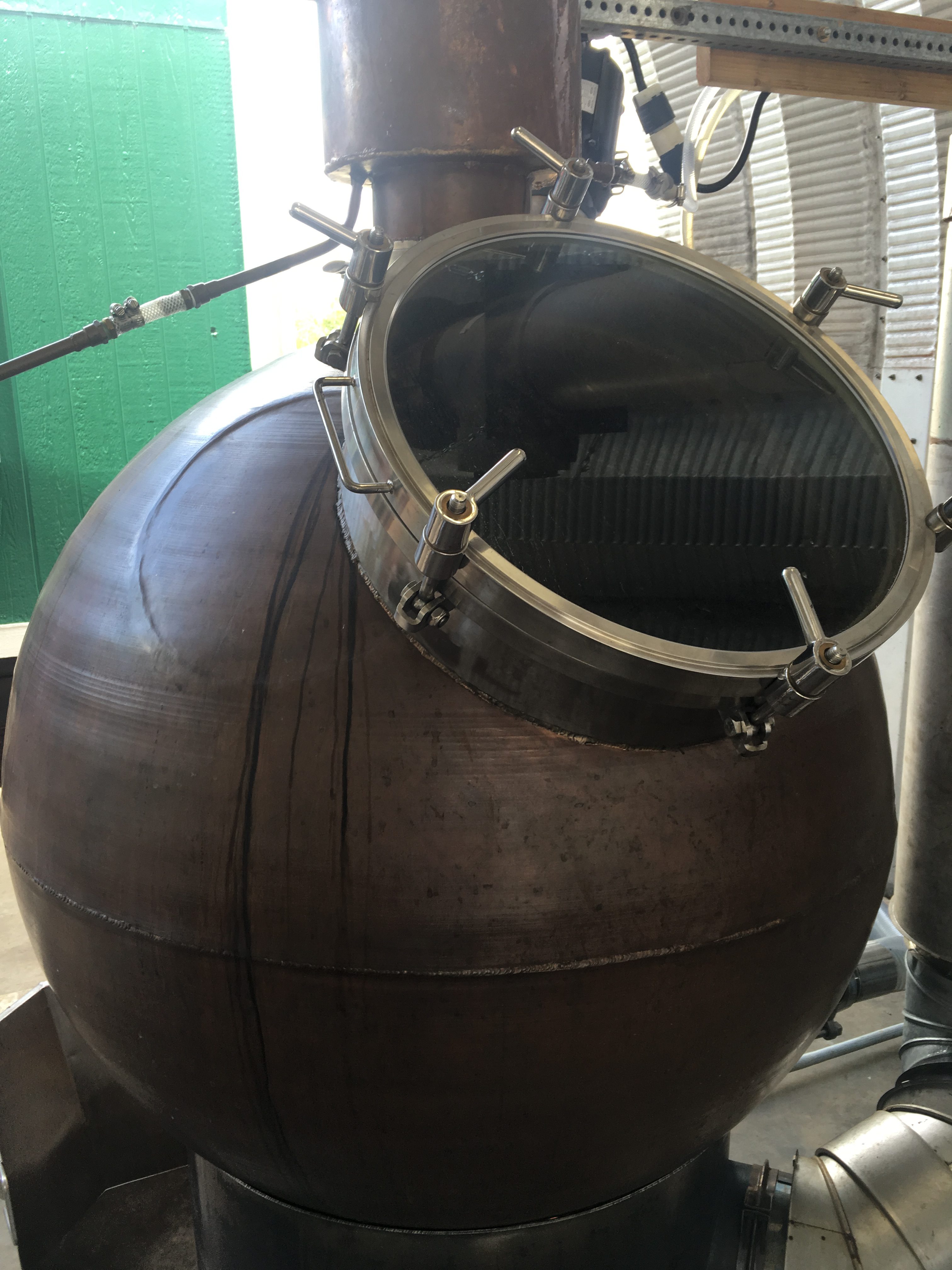
The hydrolation machine doesn’t give the quality of oil demanded by Young Living, however it can still be sold to other companies for use in soaps and perfumes.
Step 4: Distillation Steps
Step 1
The wood chips are loaded into the stainless steel distillers. Each distiller holds about 300kg of the 11mm sized chips.
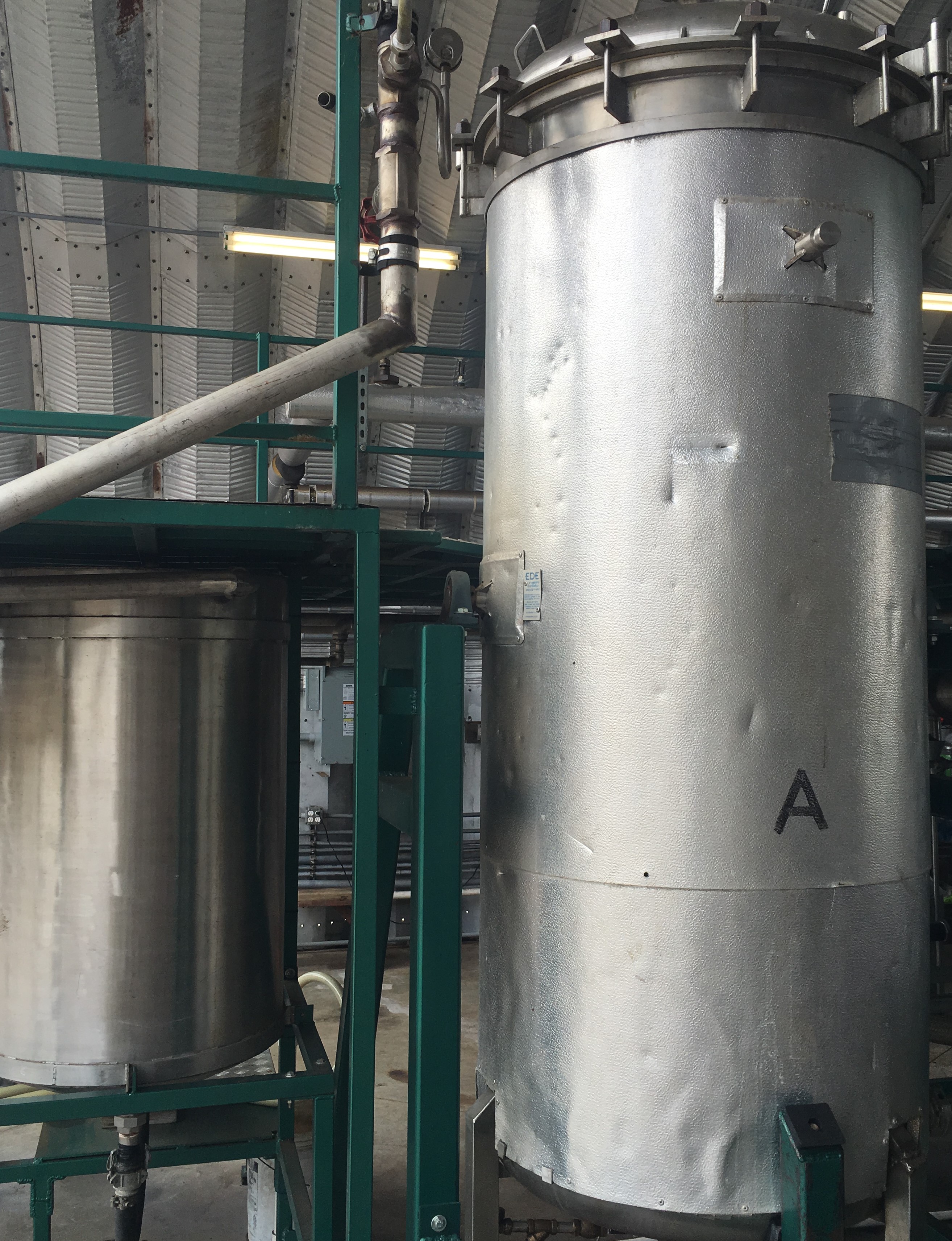
Step 2
Water is heated in the boiler to a steam temperature of 100 Degrees Celsius, and this steam is then fed down pipes so it enters the bottom of the stainless steel distiller.
Step 3
The steam breaks down the wood chips to release the essential oil, and the steam with oils mixed in it is released out of the top of the still through a pipe.
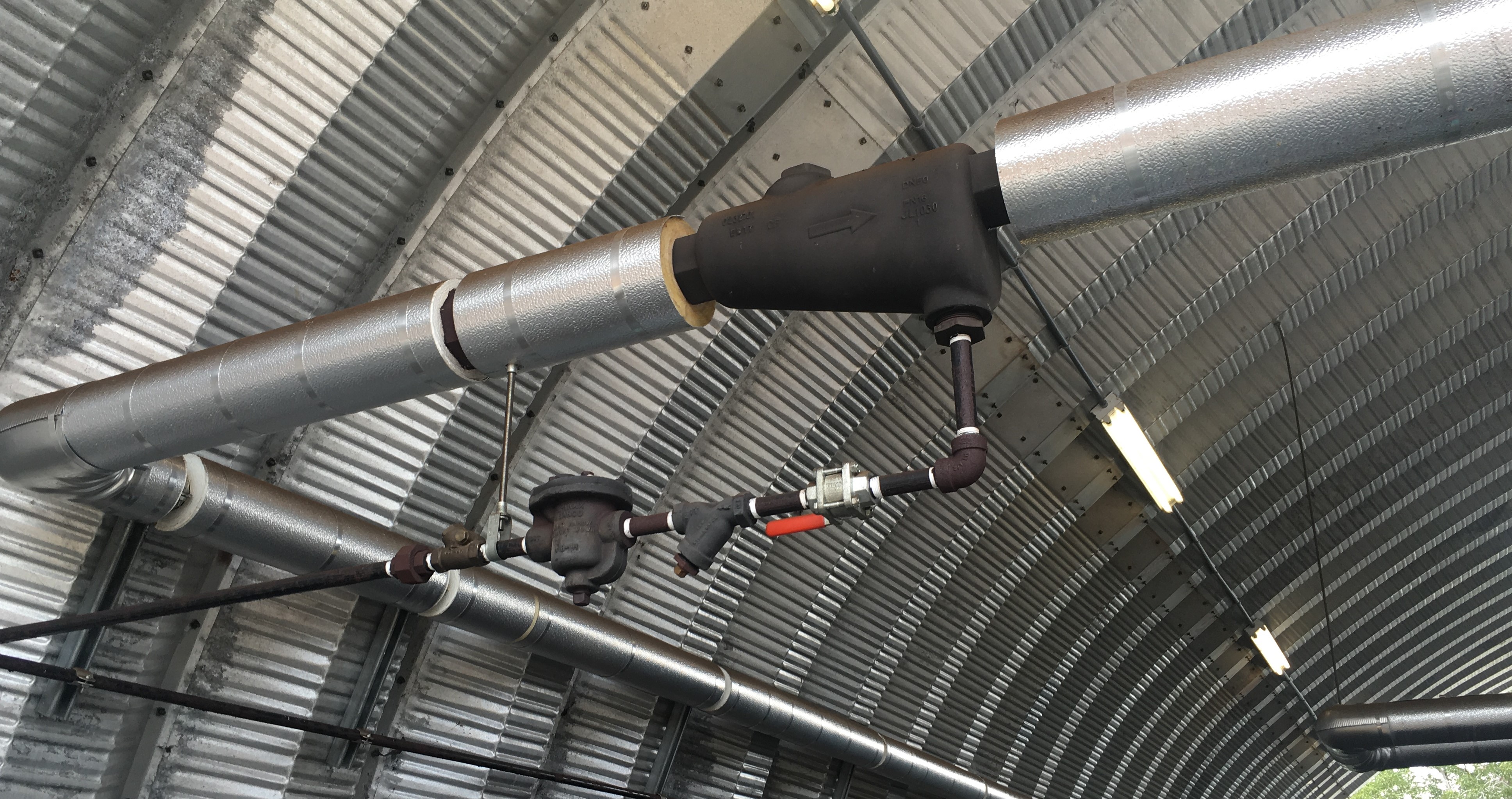
Step 4
The steam travels through a refrigerated condenser, which cools the steam down like the radiator cools your car down.
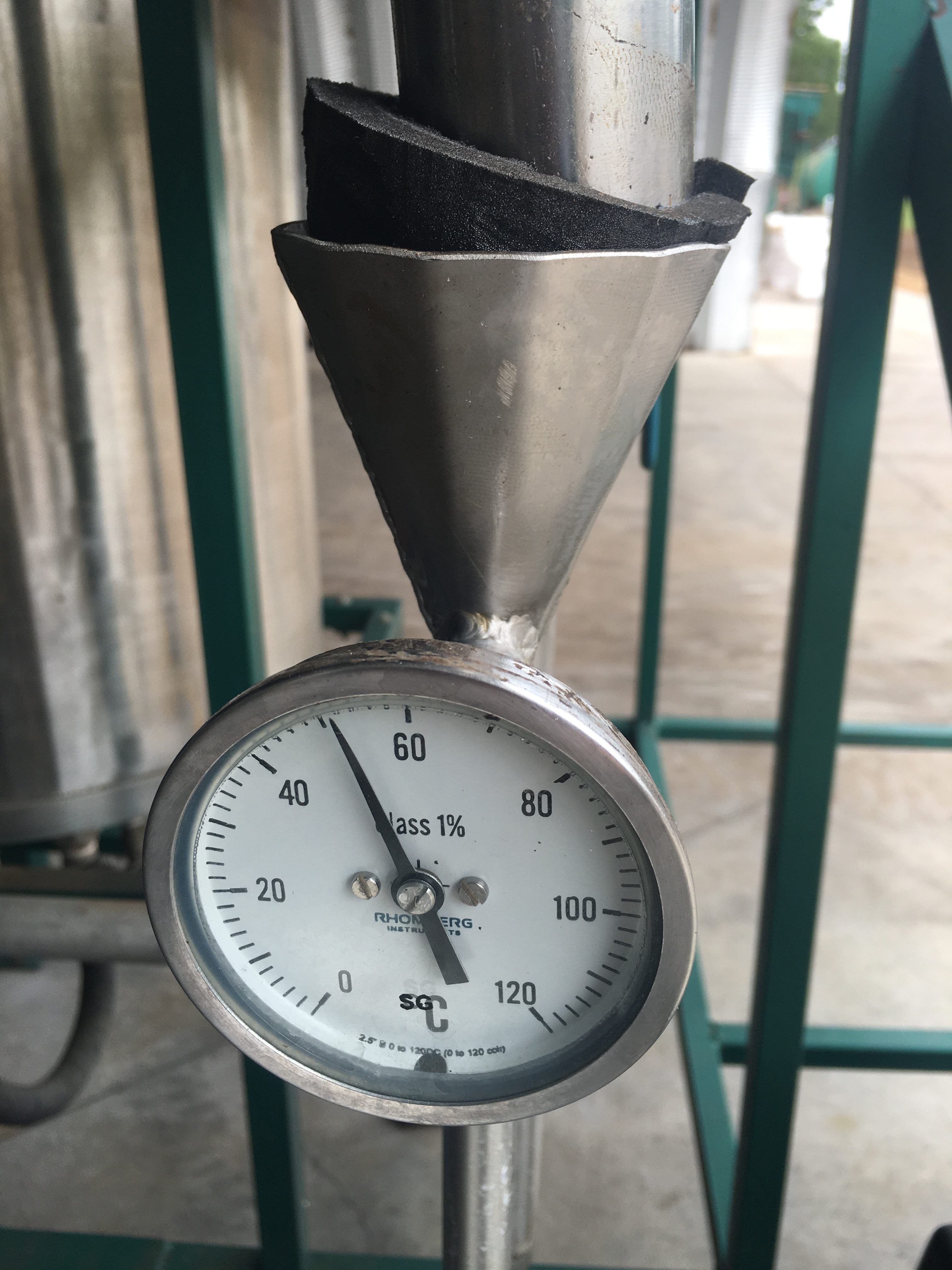
Step 5
Once the steam has been cooled, the vapour returns to a liquid state. As liquids, the essential oil is lighter than water, and it therefore sits as a layer on top of the water.
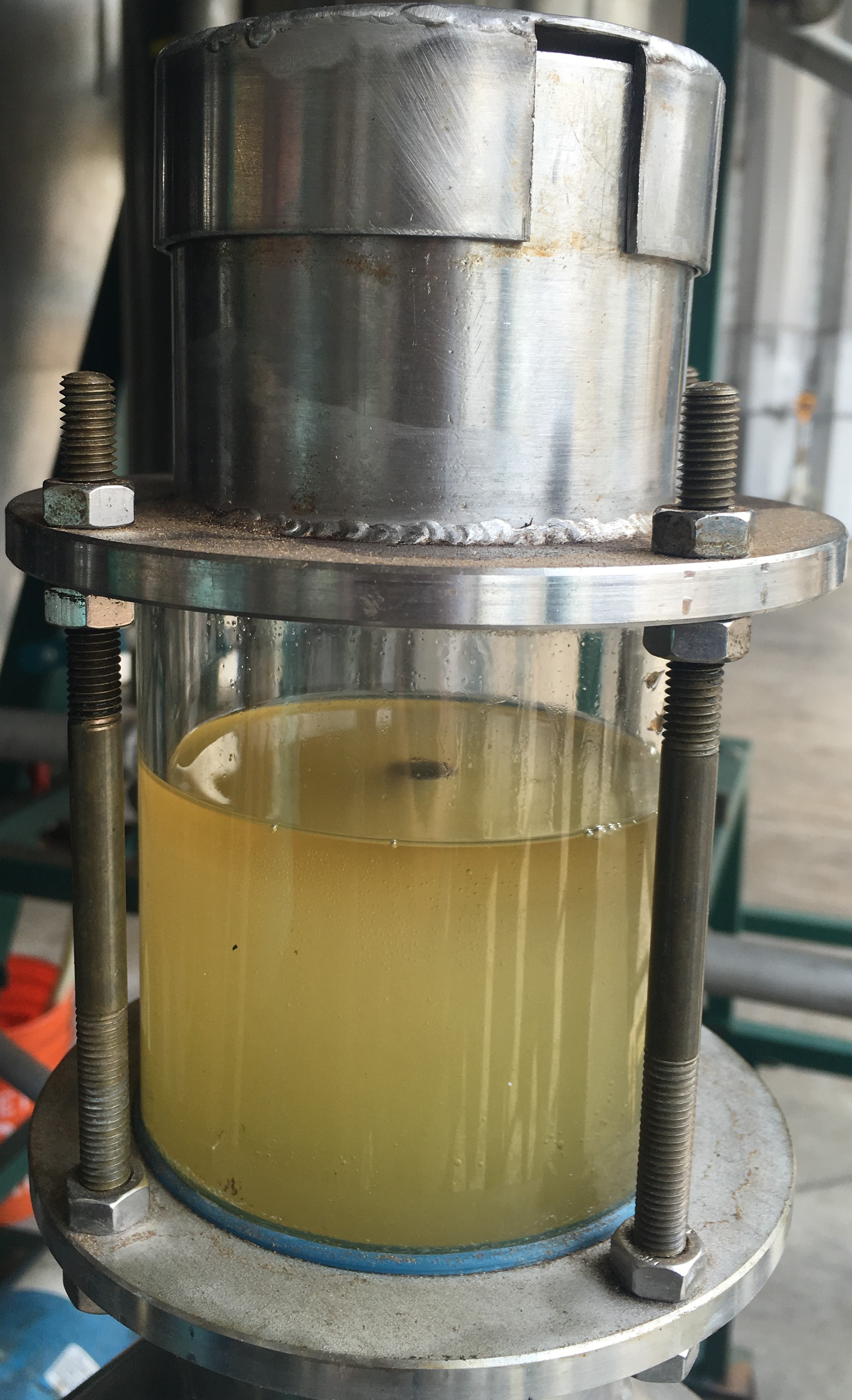
Step 6
The precious essential oil is syphoned off and collected in 2 litre glass jars. In a 24 hour period, between 5kg and 47kg of essential oil is extracted. 2 separate lab tests verify that all the active constituents are present.
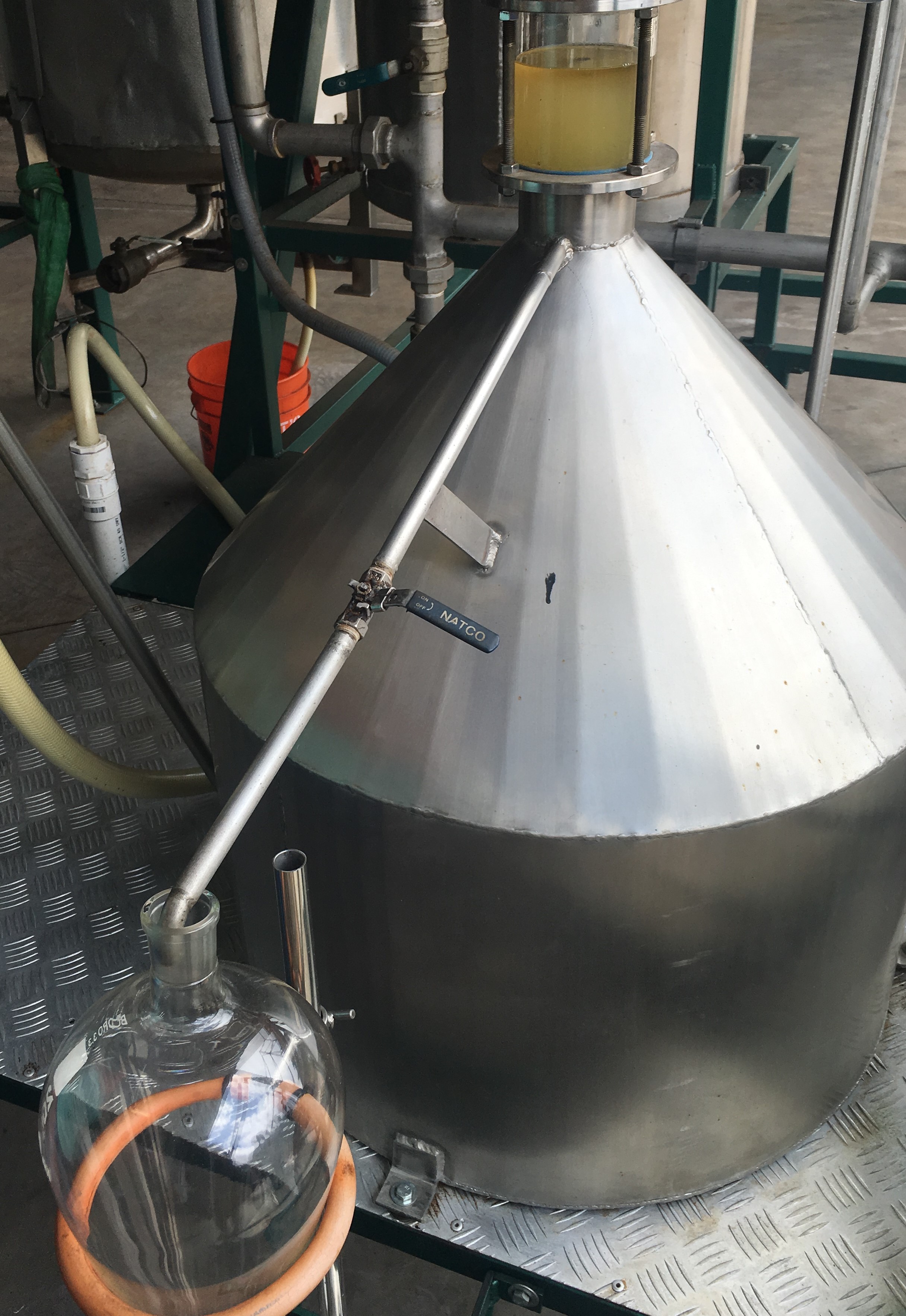
Step 7
The hydrosol (the water used in the distillation process, which is fragranced from the essential oil) is used in other products sold at the farm, and some of it is also used for irrigation.
In a side room attached to the distillery, the open jars of amber Royal Sandalwood oil then cool off in water for 24 hours. Each 2 litre container is worth $9,000…making Sandalwood trees as valuable as gold!
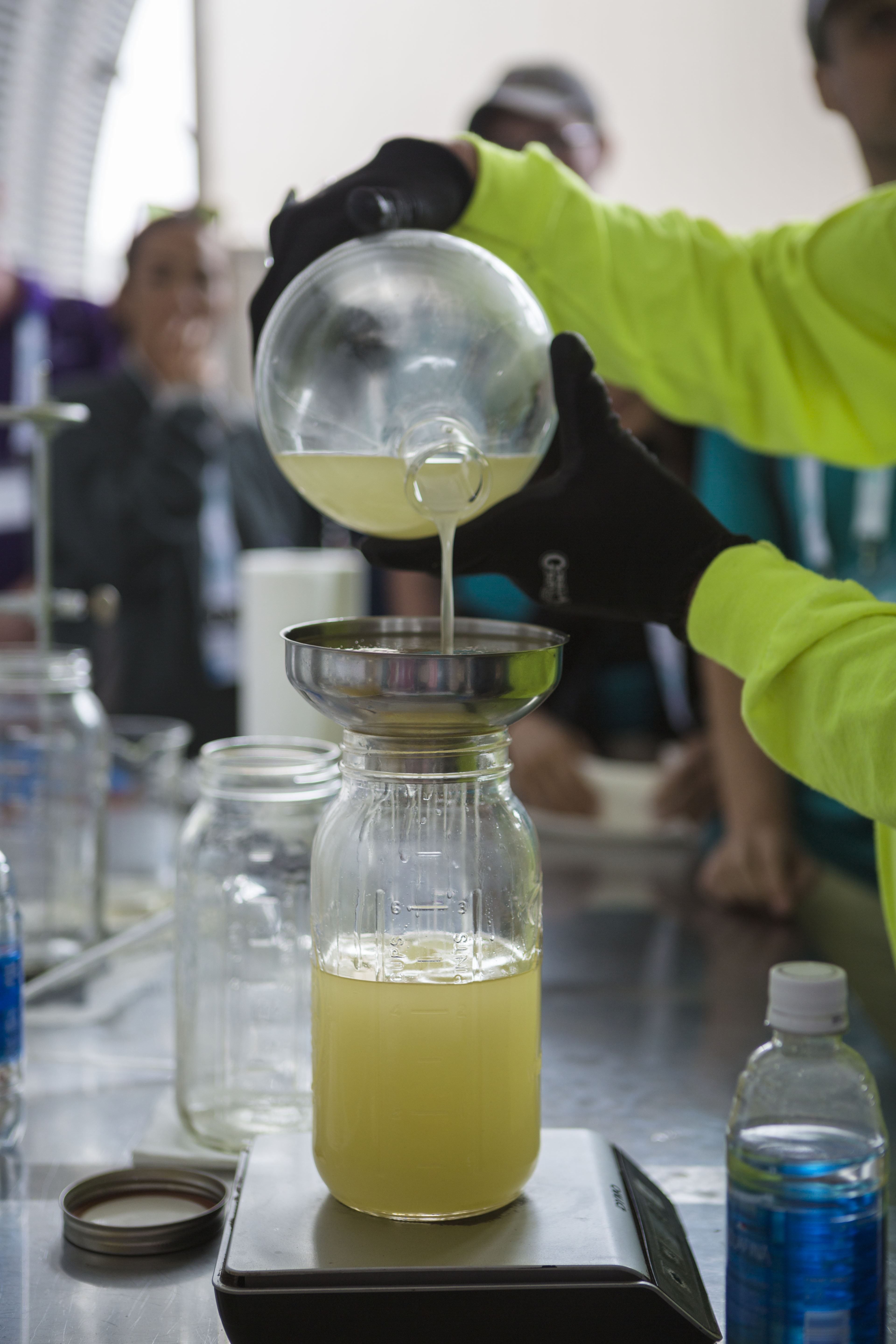
The oil is then sent through to Young Living for further testing and bottling, and to date this oil has never failed to meet Young Living’s stringent requirements. In fact, Young Living buys virtually all the essential oil produced by Haloa Aina (with the exception of oil that’s extracted through the hydrodistiller, which doesn’t meet their quality).
Even though other major essential oil companies have asked to buy the Royal Hawaiian Sandalwood oil, the values and standards of these other companies were not in alignment with Haloa Aina’s dedication to purity, and their respect for the land and its people.
Young Living has a shared vision with Haloa Aina, which is why Haloa Aina
chose Young Living as their partner.
Even more impressive is that Royal Hawaiian Sandalwood is organically certified via Ecocert, an independent and accredited organic certification body, founded in France in 1991. In fact, Wade was meeting with them on the same day we were visiting the farm.
Step 5: Managing Threats
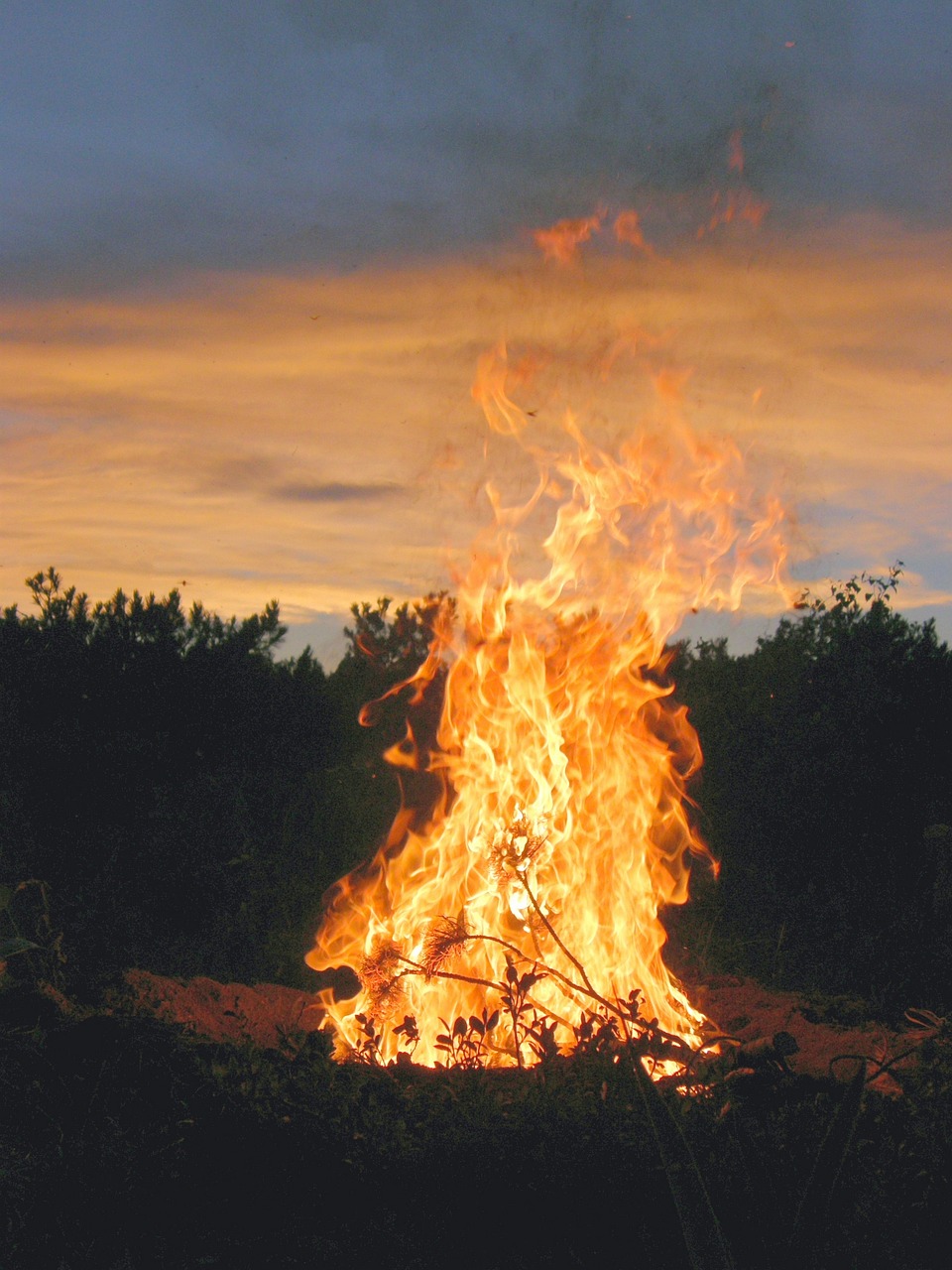
Because Hawaii is very isolated, there are only 4 dominant tree species in the forests of the Big Island, compared with 30 in South America, which makes the reforestation project considerably easier.
However, it’s not without its threats. The two main challenges that the farm will face in its future come from nature. One is the threat of forest fires. When Wade was first purchasing the property, a surveyor dropped a cigarette on the ground and started a fire.
Because of the porous nature of the lava, the fire moved underground and kept popping up in different places. It can travel this way for kilometres, making fires a very big threat to the landscape.
Recognising the threat that fire poses to this conservation project, some of the proceeds from the sale of Sandalwood oil is used to fund fire breaks in order to protect the Sandalwood forest.
The other threat is Mauna Loa, the dormant volcano that the farm rests upon. This volcano is predicted to erupt sometime in the next hundred years ….and that’s something that can’t be prepared for.
Uses of Royal Hawaiian Sandalwood Oil
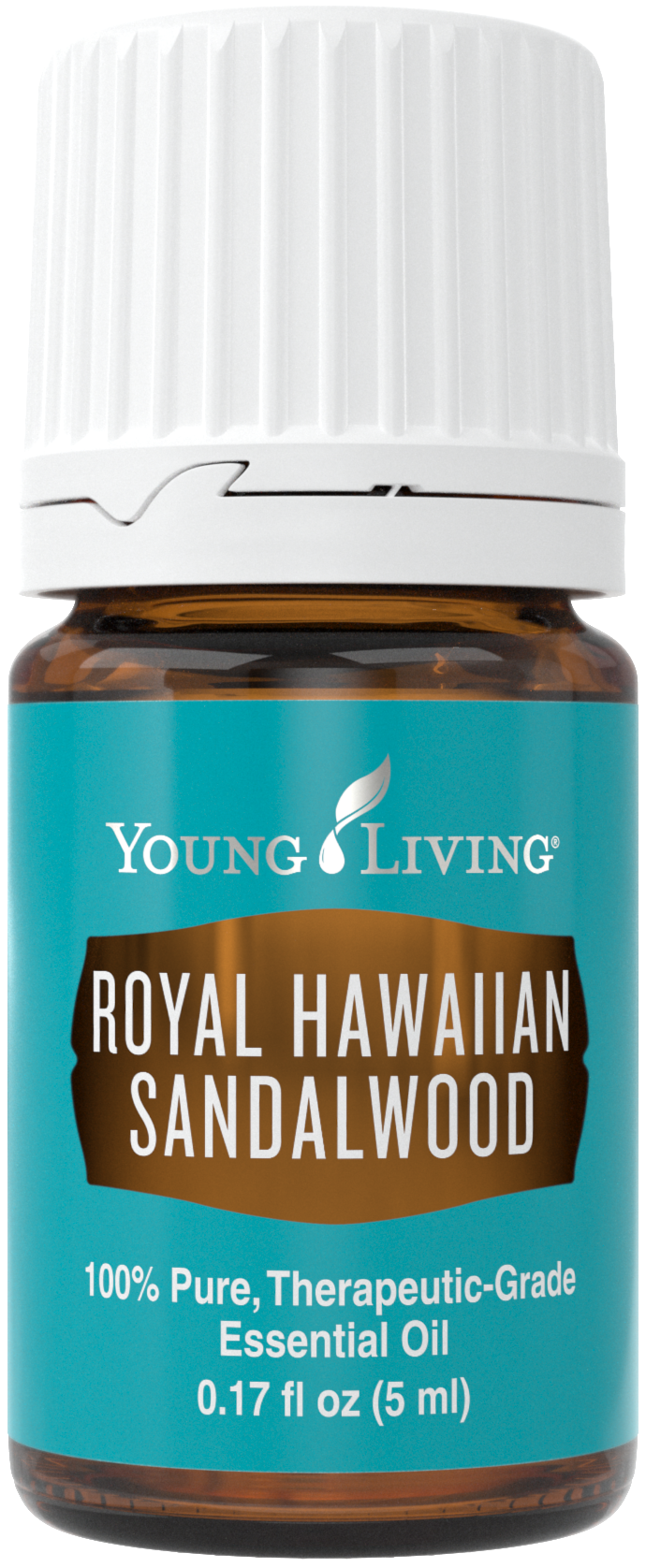 Even though Royal Hawaiian Sandalwood oil has only recently reached the market, we can still deduce its uses from its close relative, Indian Sandalwood oil, which has been used for centuries in Ayurvedic practices for skin revitalization, yoga and meditation, and which has a grounding and stabilizing effect on our emotions.
Even though Royal Hawaiian Sandalwood oil has only recently reached the market, we can still deduce its uses from its close relative, Indian Sandalwood oil, which has been used for centuries in Ayurvedic practices for skin revitalization, yoga and meditation, and which has a grounding and stabilizing effect on our emotions.
Because of its high sesquiterpene content, placing a drop under the nose or on the sides of the pillow can enhance deep sleep, and help release negative programming.
Its rich, warm, woodsy aroma makes it a perfect oil to diffuse, or apply neat to the chakras and heart area. However, 75% of the dead and dying Royal Sandalwood has already been harvested from the farm, and the remaining 25% is being retained as a source of seeds, so it’s likely to be in short supply until the newly planted trees reach maturity.
That means that Young Living will need to ration this essential oil in the short term, and instead of supplying it as a single oil, it will be used in special blends like 3 Wise Men, Acceptance, Awaken, Brain Power, Build your Dream, Divine Release, Dream Catcher, Forgiveness, Harmony, Highest Potential, Inner Child, Inspiration, Lady Sclareol, Live your Passion, Magnify your Purpose, Release, Transformation, Trauma Life and White Angelica.
In the words of Grada, one of our Young Living members who was with me on the farm:
Every time you use a Young Living product, say a word of thanks and appreciation for our visionaries, our farmers, the trees and other invisible forces who have contributed towards the liquid gold in your bottle. The benefits will start to flow over into your most important relationship of all: your connection with your own beautiful heart!
If you’re not already receiving our weekly
Raw Divinity bulletin, CLICK HERE to subscribe
